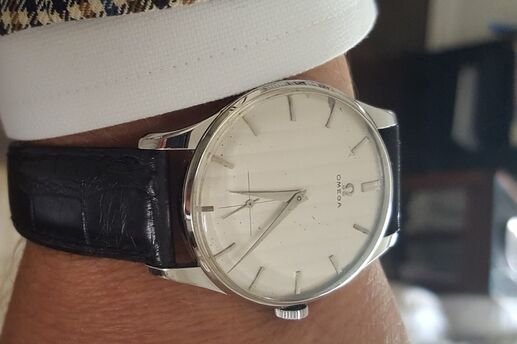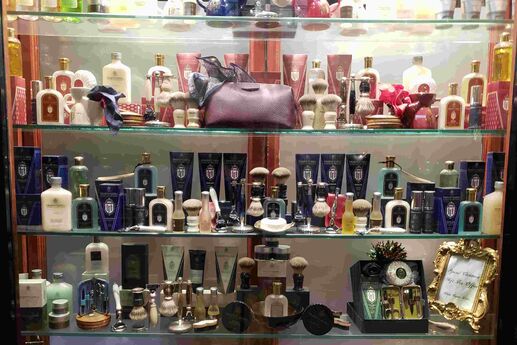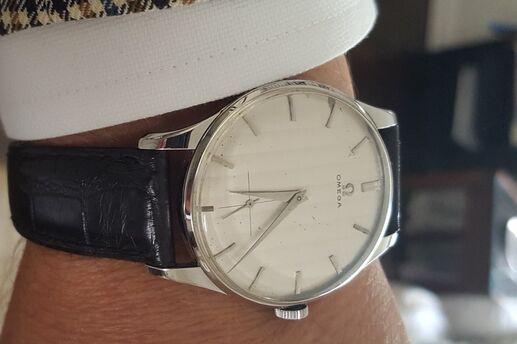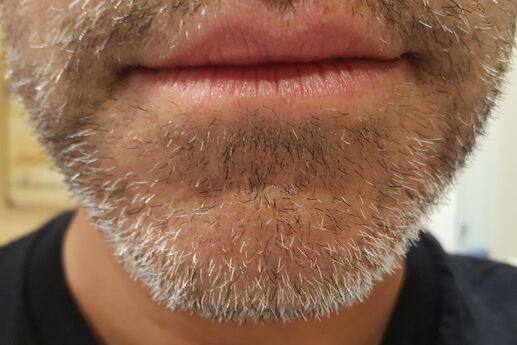How to Buy a Suit: What Mens Mags Wont Tell You
To read what the men’s magazines say about it, you’d think buying a suit is like purchasing a car, warranting copious research, multiple store visits, the accompaniment of an experienced friend. And it can be like that -- if you want to spend thousands of dollars and look like a GQ photo shoot. But for most guys, it’s a much simpler proposition.
That said, there are a few essential pieces of know-how every first-time suit-buyer should have. To break it down for us, we spoke to David Alperin, a Brooklyn-based designer and owner of specialty men’s retailer Goose Barnacle, winner of the Best Menswear Award in New York Magazine’s 2011 Best of New York issue.
1. Pick Your Price
“I tell young people not to go for the cheapest suit,” says Alperin. “It’s not going to last, and in the long run you’ll get more out of something a little higher quality.” Alperin advises shopping at Club Monaco, J. Crew or Banana Republic, where you can find decent off-the-rack suits for $300 to $400 that won’t require too much tailoring.
2. Pick Your Color
“Everyone’s first suit should be a solid navy blue.” And after navy, Alperin suggests, gray. And then navy pinstripe and then gray pinstripe … and then you can start to experiment. Why all the navy and gray? Because they go with everything. And why navy first? Because it’s perceived to be the most professional. We don’t know why -- some things just are.
3. Pick Your Style
If you’re young, says Alperin, no pleats. “Pleats were designed for a heavier-set person, and they make you look a little frumpy.” Flat-front pants give a slimmer, cleaner look -- and who doesn’t want that? Cuffs are a personal decision, he adds, but “the rule of thumb is: if no pleats, no cuffs.”
As for jackets, either two-button or three-button is fine, but Alperin suggests sticking with the two-button option for your first suit -- mainly because there are more of them out there. “In terms of finding suits at everyday stores that are mid- to good quality, usually it’s going to have two buttons.”
4. Pick Your Weight
As with color, until you have a closet full of suits and can pick and choose at your whim, you want something that’s going to be wearable in as many situations -- and seasons -- as possible. That, according to Alperin, would be a mid-weight 100-percent wool or wool blend.
5. Find Your Fit
“The shoulder and jacket length should be as close to perfect as possible,” says Alperin. “Anything else can be fixed.” The shoulders should end where your shoulders end; if they’re hanging off the end, even a smidge, put the suit back on the rack and find another.
Next, check the length. “You should be able to cup your hand underneath the bottom of the jacket.” If you brought dad along, and he’s telling you to go to the tips of your fingers, ignore him. That was the rule in his day; the new rule, according to Alperin, is a more modern look. “It makes everyone look taller if your jacket is a little shorter.”
Now you can start to relax, because the tailor will handle the rest. If your pants are flat front, make sure they fit in the waist (that’s your waist, not your hips) and they’ll have a nice straight fit down to the break on your shoe. Have the tailor hem your pants so they bend right as they hit the shoe and don’t bunch up. The sleeves should be tailored so that your shirt cuffs show a quarter of an inch. If you bought the right shoulders and jacket length, says Alperin, that’s all the tailoring you’ll need to do.
6. Complete the Outfit
“A mistake a lot of men make is purchasing a suit without the rest of the outfit,” says Alperin. “Without the tie, the socks, the shoes, it’s nothing.” You’ll need a minimum of two shirts: one white, one light blue. If you find a white shirt you like, Alperin suggests buying a few of them. “Your suit will outlive all of your shirts.”
There’s only one rule for socks: they must be darker than your suit. If your suit is a very dark navy, you can even wear black socks. Ties, of course, can run the gamut, but if you’re not ready to experiment, just go solid. “A solid burgundy tie, a dark green tie, navy, gray … they all look good with a navy suit on either a white or light blue shirt.”
Finally, says Alperin, invest in a good pair of black shoes -- a typical men’s dress shoe like a Cole Haan lace-up -- and a black belt to match. Most important of all: Keep your shoes polished. “It makes the whole outfit, which a lot of men don’t realize.”
Photo: @iStockphoto.com/theprint















